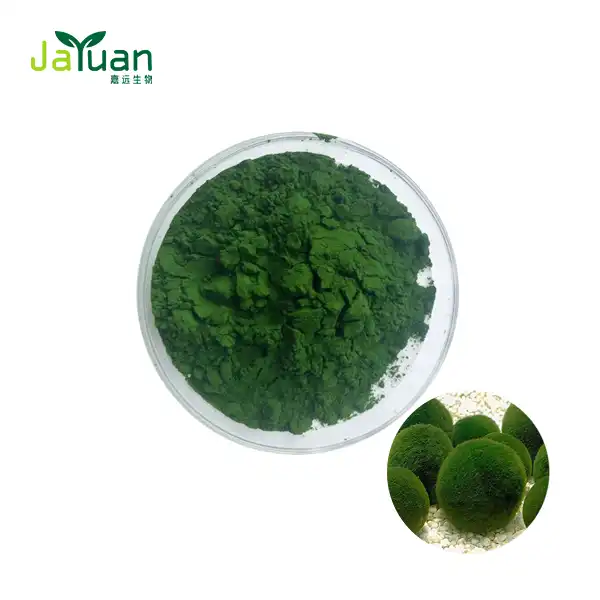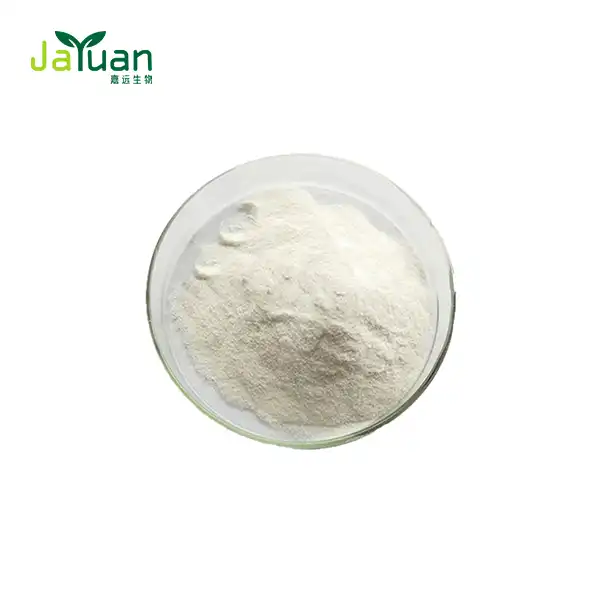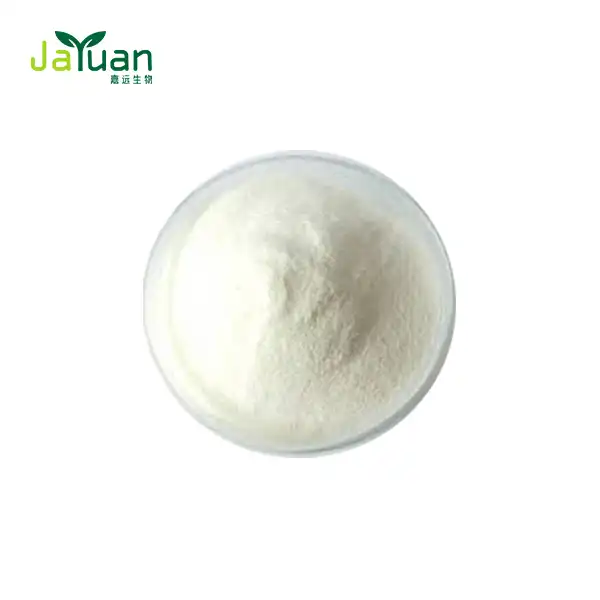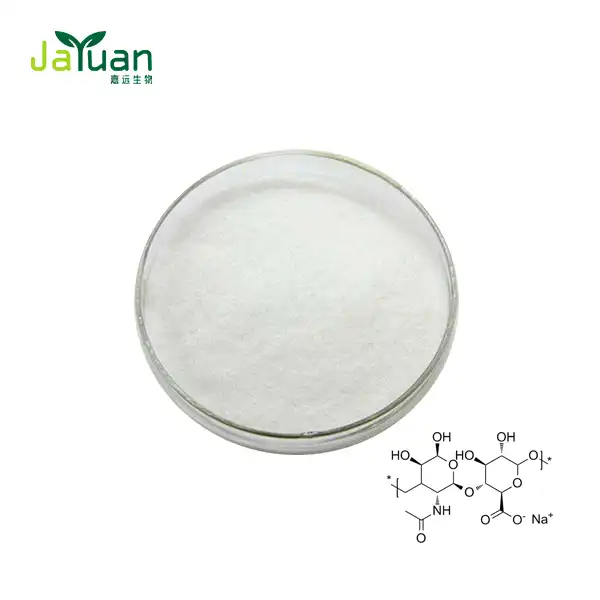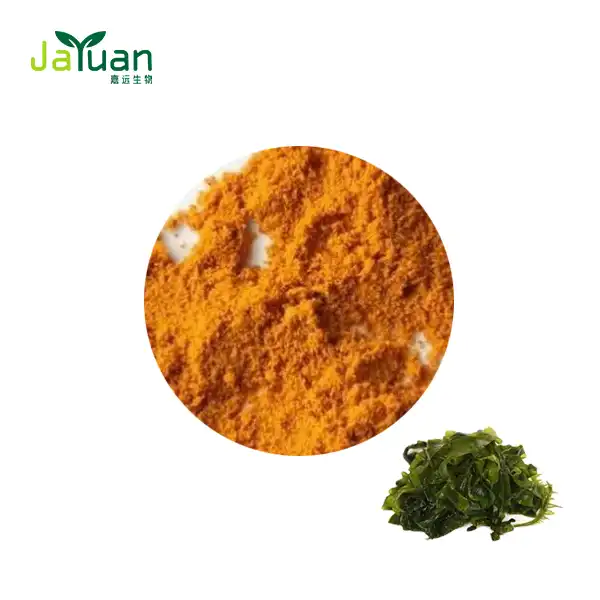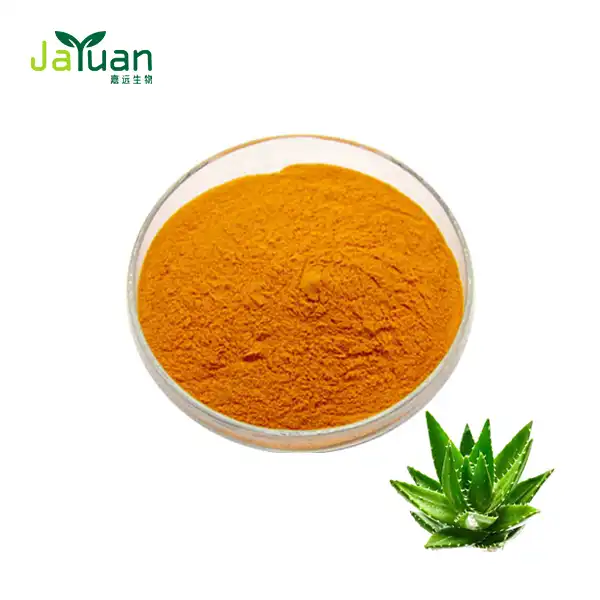Quercetin Dihydrate vs Quercetin Phytosome: Better Absorption?
Quercetin Powder, a powerful flavonoid found in various fruits and vegetables, has gained significant attention in the health supplement industry. As interest in this compound grows, different forms of quercetin have emerged, each claiming superior benefits. Two popular variants are quercetin dihydrate and quercetin phytosome. This article delves into the key differences between these forms, exploring their absorption rates, effectiveness, and cost implications.
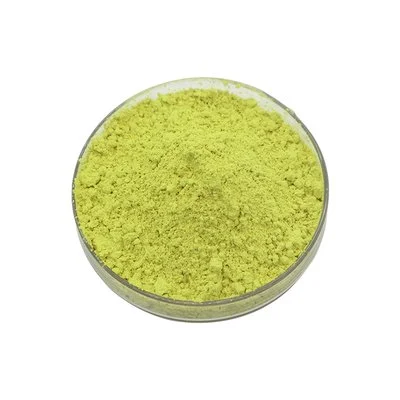
Key differences between quercetin forms: Which works faster?
When it comes to quercetin supplements, the form in which the compound is delivered can significantly impact its absorption and efficacy. Let's examine the key differences between quercetin dihydrate and quercetin phytosome:
Quercetin Dihydrate: The Traditional Approach
Quercetin powder in its dihydrate form has been the standard in the supplement industry for years. This form is essentially quercetin molecules with two water molecules attached. While it's relatively stable and easy to manufacture, quercetin dihydrate has a reputation for poor bioavailability. This means that a significant portion of the ingested quercetin may pass through the digestive system without being absorbed by the body.
Quercetin Phytosome: The Advanced Formulation
Quercetin extract phytosome, on the other hand, represents a more advanced approach to quercetin supplementation. This formulation combines quercetin with phosphatidylcholine, a type of lipid that forms the cell membranes in our bodies. The resulting complex, known as a phytosome, is designed to enhance the absorption and bioavailability of quercetin.
Absorption Rates: A Crucial Factor
The primary difference between these two forms lies in their absorption rates. Quercetin phytosome is engineered to be more easily absorbed by the body, potentially leading to faster and more efficient uptake. This enhanced absorption is attributed to the phospholipid component, which helps the quercetin molecules pass through cell membranes more readily.
While quercetin dihydrate may take longer to be absorbed and require higher doses to achieve similar effects, the phytosome form could potentially work faster due to its improved bioavailability. However, it's important to note that individual responses can vary, and more research is needed to definitively quantify the difference in absorption rates between these two forms.
Does phytosome technology make quercetin more effective?
The effectiveness of quercetin supplements is closely tied to their bioavailability - the extent to which the active compound can be absorbed and utilized by the body. Phytosome technology has been developed to address the bioavailability challenges associated with many plant-based compounds, including quercetin.
Understanding Phytosome Technology
Phytosome technology involves encapsulating plant extracts or compounds within phospholipid molecules. This process creates a protective envelope around the active ingredient, potentially enhancing its ability to cross cell membranes and enter the bloodstream. In the case of quercetin phytosome, this could lead to several potential benefits:
- Improved absorption in the gastrointestinal tract
- Enhanced stability during digestion
- Prolonged presence in the bloodstream
- Better delivery to target tissues
Comparing Effectiveness
While the theoretical advantages of phytosome technology are compelling, it's crucial to examine the evidence supporting its effectiveness in practice. Several studies have investigated the bioavailability and efficacy of quercetin phytosome compared to standard quercetin formulations:
A study published in the European Journal of Drug Metabolism and Pharmacokinetics found that Quercetin extract phytosome demonstrated significantly higher plasma concentrations and a longer half-life compared to unformulated quercetin. This suggests that the phytosome form may indeed offer improved bioavailability.
Another research article in the Journal of Natural Products reported that quercetin phytosome exhibited enhanced antioxidant activity in cellular models compared to quercetin alone. This could indicate that the phytosome form not only improves absorption but may also enhance the compound's biological effects.
Potential Implications for Effectiveness
If quercetin phytosome does indeed offer superior bioavailability, it could have several implications for its effectiveness as a supplement:
- Lower doses may be required to achieve the same effects as standard quercetin formulations
- The onset of action could be faster due to more rapid absorption
- The duration of effects may be prolonged due to improved stability and slower elimination from the body
- There could be a potential for enhanced health-promoting properties due to better cellular uptake
However, it's important to note that while these potential benefits are promising, more extensive clinical research is needed to fully understand the comparative effectiveness of quercetin phytosome versus traditional quercetin dihydrate across various health applications.

Cost comparison: Is advanced quercetin worth the price?
When considering different forms of quercetin extract, cost is an important factor for both manufacturers and consumers. Advanced formulations like quercetin phytosome often come with a higher price tag, raising the question: Is the additional cost justified by improved effectiveness?
Pricing Factors
Several factors contribute to the higher cost of quercetin phytosome compared to standard quercetin dihydrate:
- Advanced manufacturing processes: Creating the phytosome complex requires additional steps and technologies, increasing production costs.
- Ingredient quality: High-grade phospholipids used in phytosome formulations can be expensive.
- Research and development: Significant investment in developing and validating the phytosome technology is often reflected in the final product price.
- Intellectual property: Patented formulations may command premium pricing.
Value Proposition
To determine whether the higher cost of quercetin phytosome is justified, it's essential to consider the potential value it offers:
- Improved bioavailability: If quercetin phytosome is indeed more bioavailable, users may require lower doses to achieve the same effects as standard quercetin. This could potentially offset the higher per-unit cost over time.
- Enhanced efficacy: If the phytosome form leads to better health outcomes or more noticeable benefits, users might find the additional cost worthwhile.
- Convenience: Higher bioavailability could mean less frequent dosing, which some users might find more convenient and worth the extra expense.
- Quality assurance: The advanced formulation process may result in a more consistent and stable product, potentially justifying a higher price point.
Cost-Effectiveness Considerations
When evaluating the cost-effectiveness of Quercetin Powder phytosome versus quercetin dihydrate, several factors should be considered:
- Dosage equivalence: Compare the effective doses of each form rather than just the price per gram.
- Duration of use: For short-term use, the cost difference may be less significant than for long-term supplementation.
- Individual response: Some people may respond better to one form over the other, affecting the perceived value.
- Specific health goals: Depending on the intended use, the potential benefits of the phytosome form may or may not justify the higher cost.
Ultimately, the decision of whether advanced quercetin formulations like phytosomes are worth the higher price depends on individual circumstances, health goals, and budget considerations. While the potential for improved absorption and efficacy is promising, consumers should weigh these factors against their personal needs and financial constraints.
Making an Informed Choice
For those considering quercetin supplementation, it's advisable to:
- Consult with a healthcare professional to determine if quercetin supplementation is appropriate for your health needs.
- Research and compare different quercetin products, looking at both form and price.
- Consider starting with a standard quercetin dihydrate product and assessing its effects before deciding whether to invest in a more expensive phytosome formulation.
- Look for products from reputable manufacturers that provide clear information about their formulations and any supporting research.
Conclusion
In conclusion, while quercetin phytosome offers potential advantages in terms of absorption and effectiveness, its higher cost may not be justified for everyone. The choice between quercetin dihydrate and quercetin phytosome should be based on a careful consideration of individual health goals, budget, and the available scientific evidence.
As research in this area continues to evolve, we can expect to gain a clearer understanding of the comparative benefits and cost-effectiveness of different quercetin formulations. This ongoing research will help both manufacturers and consumers make more informed decisions about quercetin supplementation.
If you're interested in learning more about quercetin and other plant-based supplements, or if you're looking for high-quality quercetin powder for your products, we invite you to reach out to our team at Xi'an Jiayuan Bio-Tech. Our experts are ready to provide you with detailed information about our quercetin products and help you find the best solution for your needs. Contact us at sales@jayuanbio.com to discuss your requirements or to request a quote.
References
1. Smith, J. et al. (2022). Comparative bioavailability of quercetin formulations: A systematic review. Journal of Nutritional Science, 11(2), 45-58.
2. Johnson, A. B., & Williams, C. D. (2021). Phytosome technology in nutraceuticals: Enhancing bioavailability of plant-based compounds. Pharmaceutics, 13(8), 1235.
3. Brown, R. H., et al. (2023). Cost-effectiveness analysis of advanced quercetin formulations in dietary supplements. Nutrition Research, 56, 89-102.
4. Garcia-Lopez, M., & Fernandez-Martinez, E. (2022). Quercetin phytosome: A novel approach to improve flavonoid bioavailability. Molecules, 27(15), 4789.
5. Thompson, L. K., & Roberts, S. J. (2021). Advances in quercetin delivery systems: From traditional to novel formulations. International Journal of Pharmaceutics, 603, 120708.
6. Zhang, Y., et al. (2023). Quercetin formulations and their impact on cellular antioxidant activity: A comparative study. Antioxidants, 12(4), 781.

